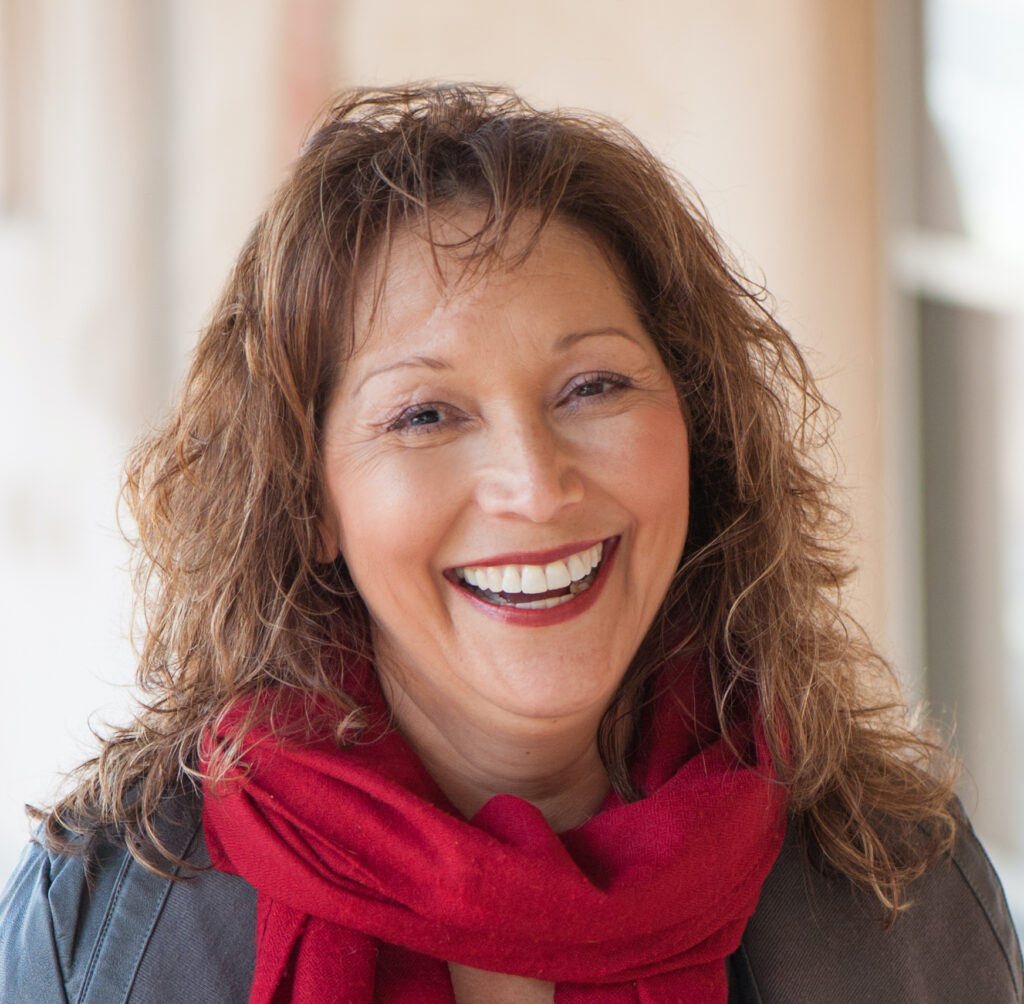Mi barrio: How a racially built environment is completed by its community members to make it a home.

“In December the Leadership Austin Essential 42 class ventured into los barrios, that is, the communities of a built environment. Never before had I seen mi barrio from a built environment lens. And, never before had I heard of the sustainability of a built environment, “the environmental durability, efficiency, and quality of the physical spaces” where I lived, went to school, and experienced my new country as an 8-year-old immigrant girl. To add to this mind-blown experience, there should be sustainability that comes from the prioritization of community members’ voices who hold the lived insight and experience of el barrio?!!? ¿Qué?
The Built Environment & Poverty Mapping session, in particular, was incredibly notable, providing the opportunity for each of us to adventure and re-experience diverse barrios, specifically those of the BIPOC communities, from our individual life lens. For some, such as myself, it was a nostalgic stroll down a favorable memory lane with all our senses, reviving the colors, the aromas, the sounds, the sensations, and my favorite and as a foodie, los sabores of our homes. For others, this neighborhood venture may have been, at the very least, unfamiliar, and perhaps, a less than desirable neighborhood in which to call home.
The session exercise was to conceptually walk through a Black or Brown community and take note of what we see. I shared with my fellow colleagues that I didn’t need a neighborhood monument sign to know that I’d entered mi barrio, or any Brown neighborhood for that matter. I would know it. I would feel it, smell it, hear it, and savor it. Stepping into mi barrio my eyes would experience a multicolor array of homes, all in bright and vivid shades. Color palettes that would not be on any homeowner association’s approved list. The enticing aromas of homemade corn tortillas and bubbling pots of pinto beans welcome me home. A sneeze followed by a cough induced by abuela preparing her spicy chili salsa warns me to stay outside, just a bit longer. Regardless, these aromas make my mouth start to water, knowing I am home. Finally, waking my salivating trance is the boom of the bass from blocks away, knowing it’s el vecino lowrider owner. These customized cars alone are a multisensory experience. With a lowered body, fitted with a hydraulic system, these vehicles are a sight and sound work of art. Living art and culture that everyone must experience at least once.
I could go on, however prefer to invite you to mi barrio and have you experience it for yourself. At which point, I would dare say, a venture into such a neighborhood would not be sketchy or intimidating. It may not be an environment in which to settle down to make a home, however, I’d like to believe that, as an essential leader, one would be able to make decisions and advocate for the sustainability of such a built environment. Environments that were haphazardly, deliberately planned by racist institutions and their leaders, however, completed and sustained by “traditionally unheard voices, those of local knowledge and lived experiences” in creating los barrios of my childhood.”

Teresa Carbajal Ravet, M.A., Essential 42 – Class 2021
Chief Futurist & Spanish Linguist, Sententia Vera
Ravet Bio: Born in Mexico and raised on the Texas border, Teresa grew up in a bicultural and bilingual environment. The struggle with a dual identity sparked her curiosity in self-realization and social definition, strengthening her advocacy for multicultural awareness. Teresa is a culturist Spanish linguist, fostering Latino outreach & engagement as a translator & localizer, culturist educator, and founder of a cultural community engagement and coworking hub at Sententia Vera Cultural Hub.
She earned a Bachelor of Arts degree in Spanish Language and a Master of Arts degree in Modern Languages, specializing in Spanish Literature & Linguistics from Texas A&M University in College Station, TX. Her professional career and advocacy work have provided opportunities to engage and share the multicultural experience with others and initiate a genuine interest and awareness in world cultures and languages. Sententia Vera, LLC is a cultural Spanish communication consultancy providing culturally relevant and genuine bilingual communication.
As a parent and educator, Teresa discovered Waldorf Education. Her children began their Waldorf education at the Austin Waldorf School where she initiated her Waldorf teacher training and taught for the World Languages Department as the Lead Spanish Teacher. Previously, Teresa was an Adjunct Faculty member at the University of Texas at Austin and the Austin Community College. She is an active community volunteer serving in various organization committees, from Strategic Planning and Fund Development to Marketing and Advocacy. She is currently a Board Trustee of the Friends of the Dripping Springs Community Library, and the League of Women Voters of Hays County.
